Francesco Dolfi – il mare di sole
I had learned at school that in the distant Asian continent there was an immense salt lake, which we call the Aral Sea, but which in the local language is called the “sea of sun”. Its aquifer was as large as the surface of the whole of Switzerland. Fishing boats plowed through its waters, while man’s activity was bustling in the ports.
So, one beautiful spring day in 2018, I found myself 4,000 km from home, in Karakalpakstan, on the shores of what, in my school books, was called the fourth largest lake in the world.
I found myself on the shores of a desert where the gaze was lost in infinity in search of an uncertain horizon.
The lake from my old school atlas had literally evaporated.
I met a smart boy, who told me that he had never seen the sea, but at school they had taught him that, somewhere, the sea still existed and he would go there one day. So it was that I set off on a sort of pilgrimage in search of the lost sea.
On the way I passed through what had been a fishing village, a village now forgotten by the rest of the world and by maps.
Traces of some form of human survival were sadly visible.
It was there that a school appeared to me attended by young people, carefully dressed, carefree and amused by my unexpected and unlikely presence. I found the symbols of my daily “normality”. I saw a new generation of young people, a symbol of rebirth and hope, projected towards a future certainly different from that of their fathers and their grandparents who were fishermen. A new generation that learns of the existence of the sea from history books rather than from geography books.
After several hours of off-roading, across what was once the bottom of the Aral Sea, I found myself in front of the “sea of salt”.
A muddy relic, which now belongs to the history books.
Sui banchi di scuola avevo imparato che nel lontano continente asiatico esisteva un immenso lago salato, che noi chiamiamo lago di Aral, ma che nella lingua locale è chiamato « mare di sole ». Il suo bacino acquifero era grande tanto quanto la superficie dell’intera Svizzera. I pescherecci solcavano le sue acque, mentre nei porti ferveva l’attività dell’uomo.
Così, un bel giorno di primavera dell’anno 2018, mi ritrovai a 4’000 km da casa, nel Karakalpakstan, sulle rive di quello che, nei miei libri di scuola, veniva definito il quarto più grande lago al mondo.
Mi ritrovai sulle sponde di un deserto dove lo sguardo si perdeva nell’infinito alla ricerca di un orizzonte incerto.
Il lago del mio vecchio atlante di scuola era letteralmente evaporato.
Incontrai un ragazzino sveglio, che mi disse che lui il mare non l’aveva mai visto, ma a scuola gli avevano insegnato che, da qualche parte, il mare esisteva ancora e lui un giorno ci sarebbe andato. Fu così che partii in una sorta di pellegrinaggio alla ricerca del mare perduto.
Lungo il tragitto attraversai quello che era stato un borgo di pescatori, un villaggio oramai dimenticato dal resto del mondo e dalle mappe.
Le tracce di una qualche forma di sopravvivenza umana erano tristemente visibili.
Fu lì, che mi apparve una scuola frequentata da giovani, vestiti con cura, spensierati e divertiti dalla mia inattesa quanto improbabile presenza. Ritrovai i simboli di una mia quotidiana « normalità ». Vedevo una nuova generazione di giovani, simbolo di rinascita e di speranza, proiettata verso un futuro sicuramente diverso da quello dei loro padri e dei loro nonni che furono pescatori. Una nuova generazione che apprende dell’esistenza del mare dai libri di storia anziché dai libri di geografia.
Dopo svariate ore di fuoristrada, attraverso quello che fu il fondale del lago di Aral, i mi ritrovai davanti al « mare di sole ».
Una fangosa reliquia, che appartiene oramai ai libri di storia.


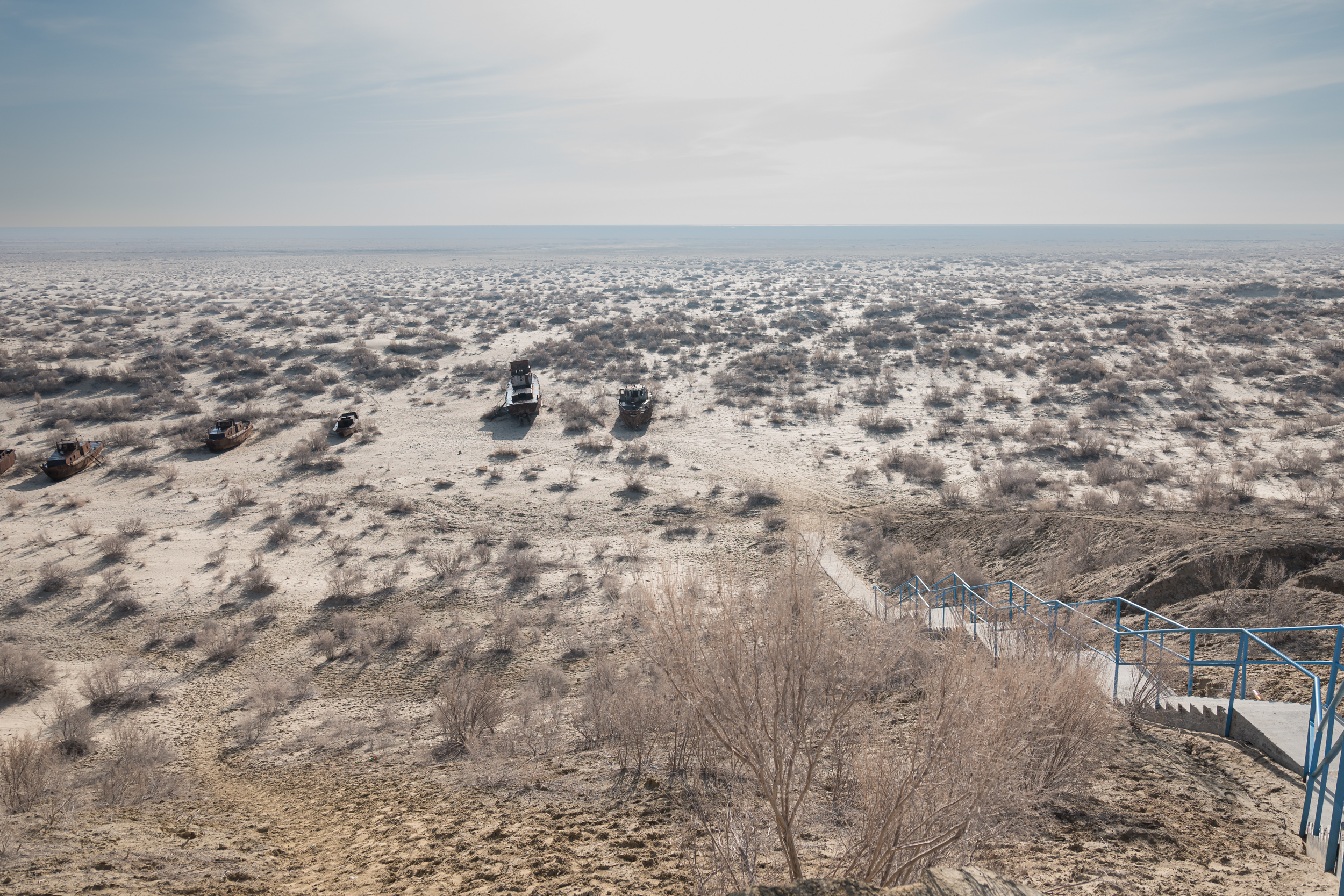













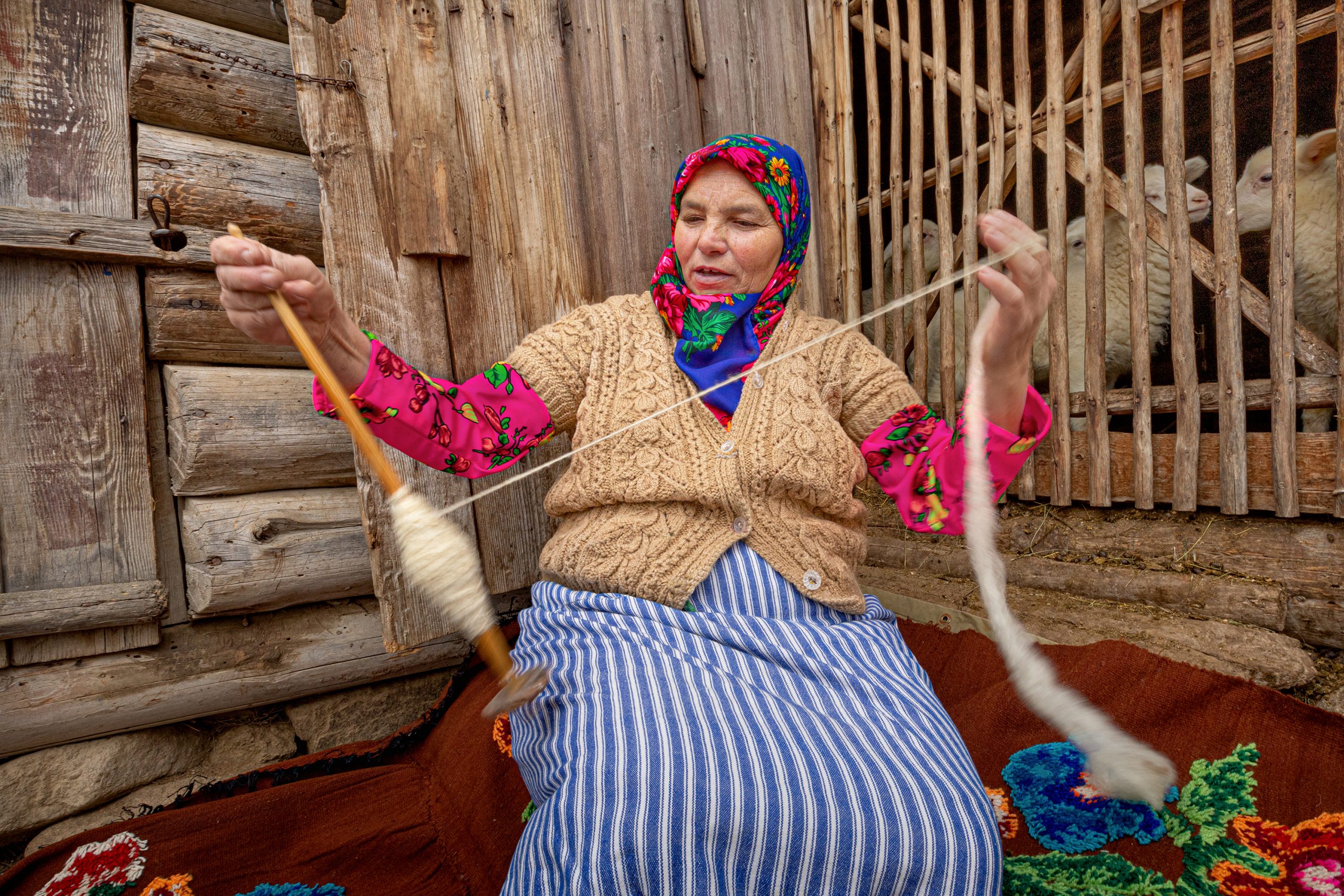
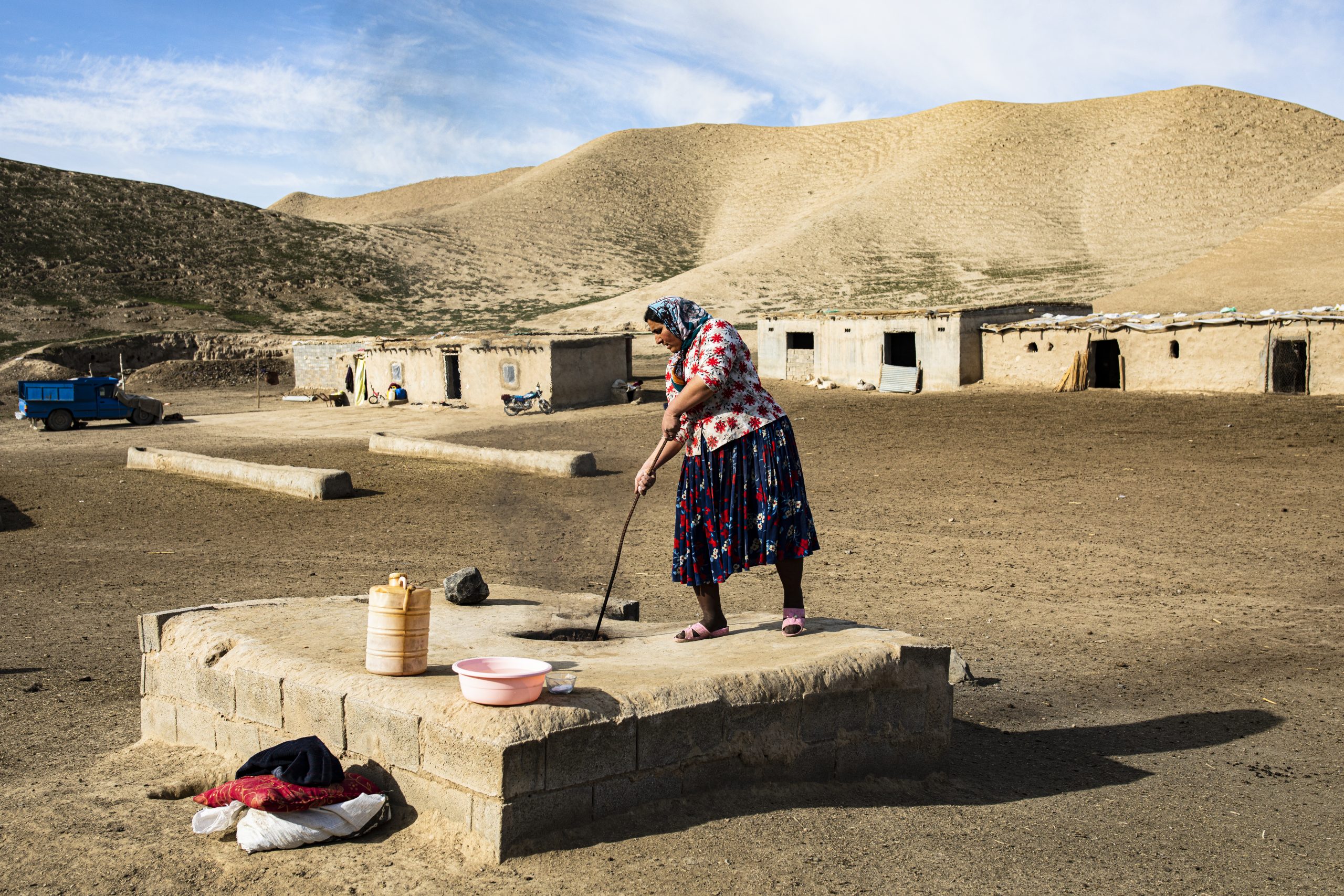
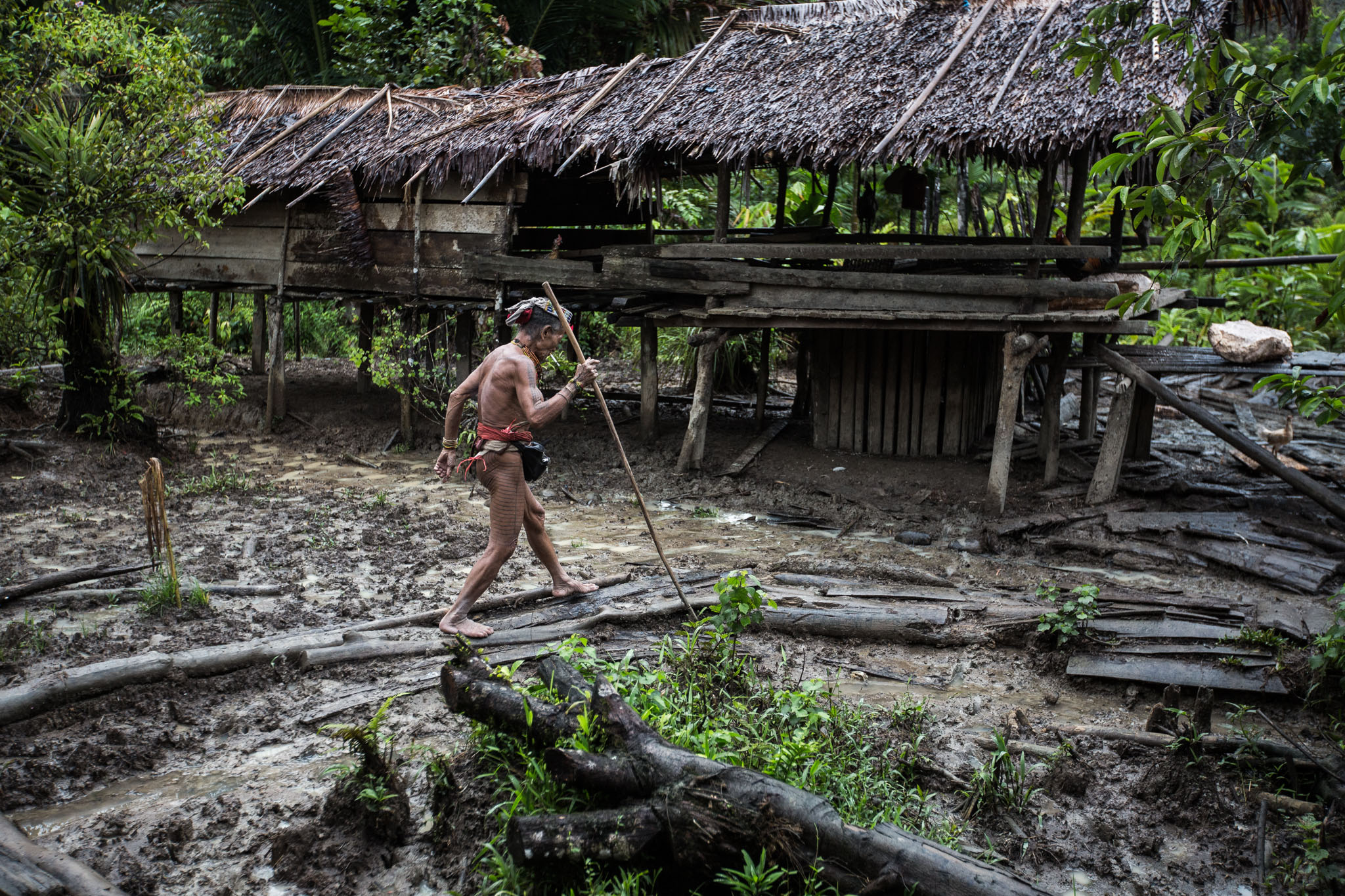
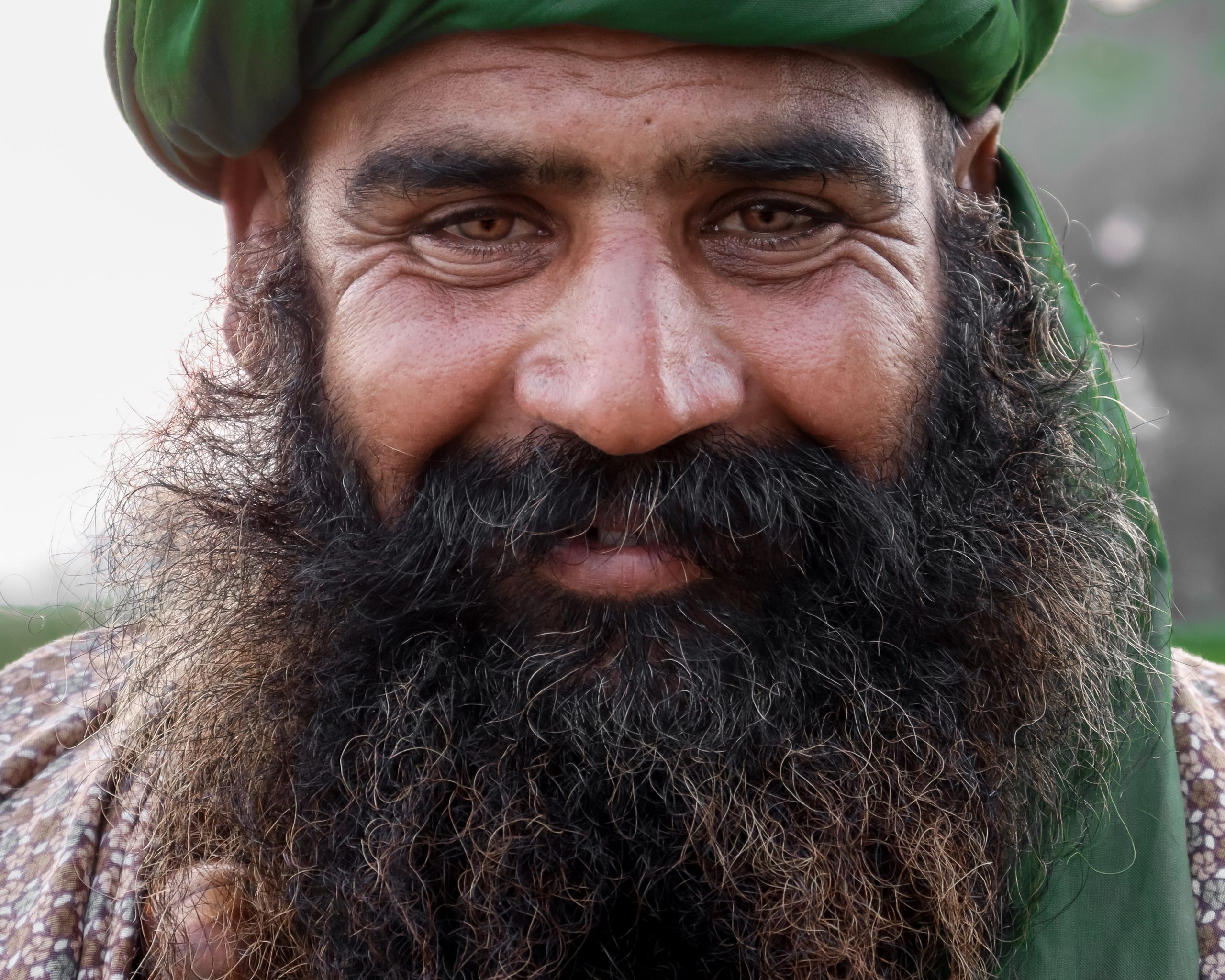
TTA2022. Francesco Dolfi. Il mare di sole
[…] Vai alla storia completa su traveltalesaward […]